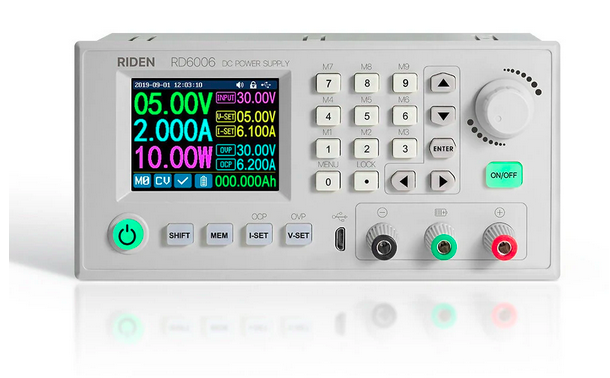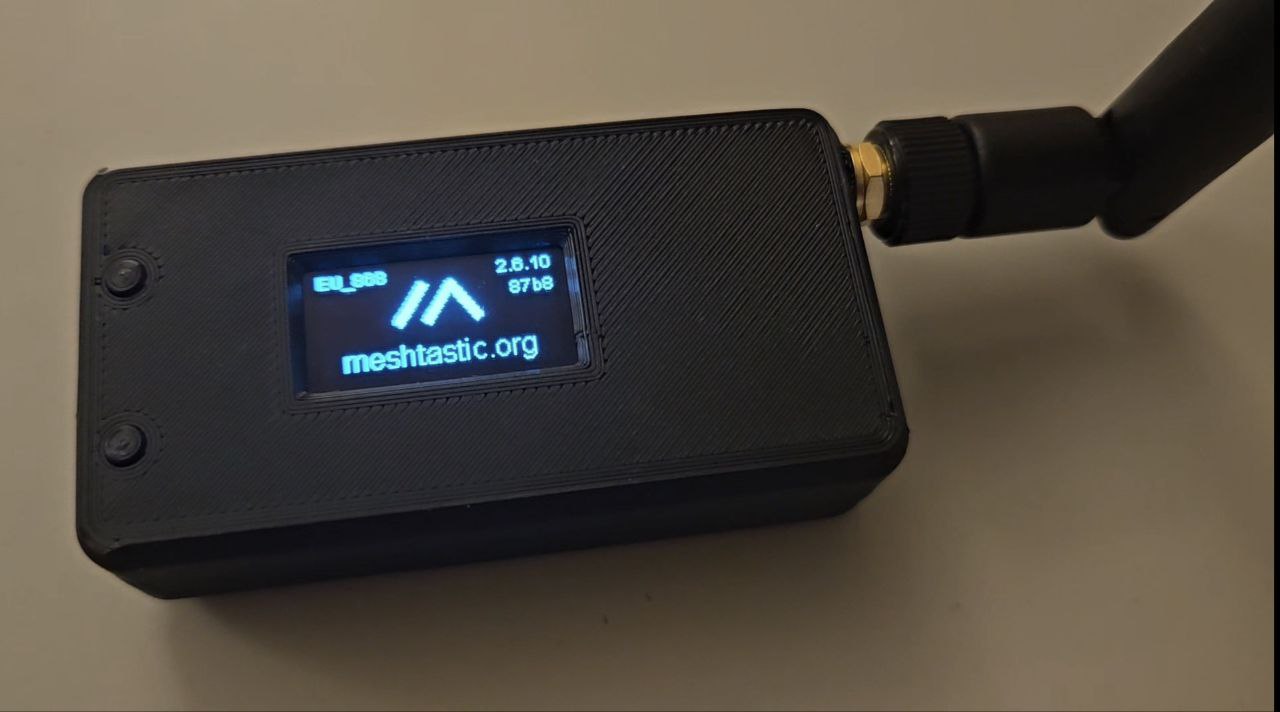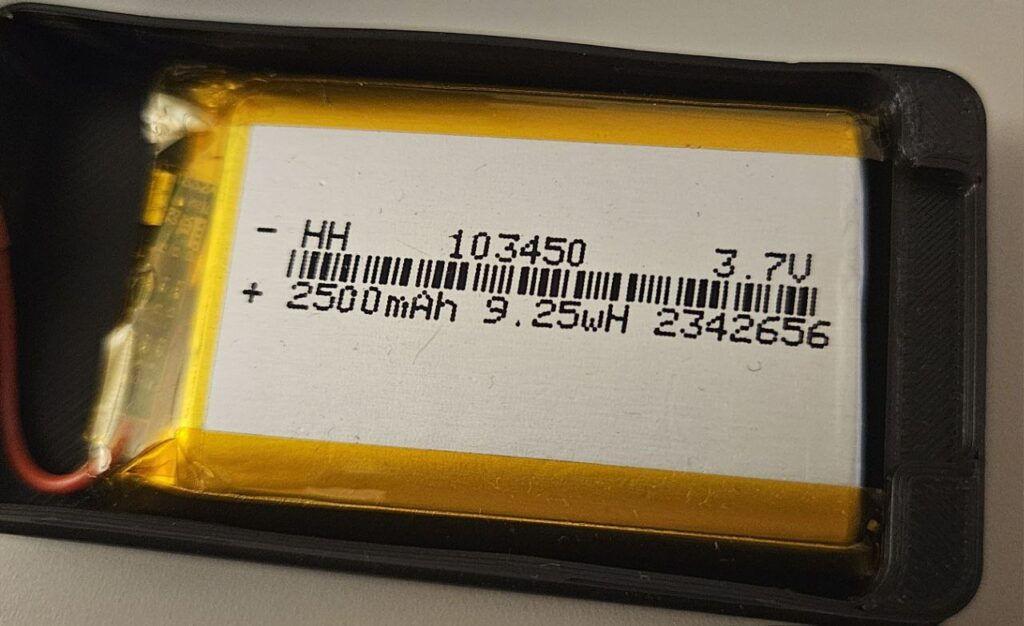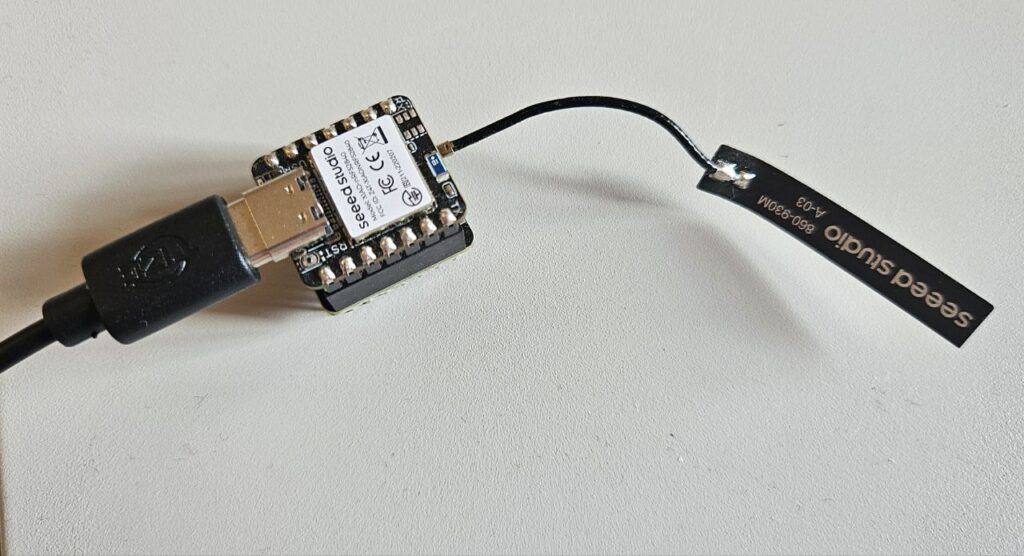I recently discovered Meshtastic, the open-source LoRa-based wireless communication platform that allows you to create decentralized and autonomous mesh networks. In this article, I compare the power consumption of several Meshtastic nodes I use. Node power consumption is important because it determines the battery life you can achieve based on the battery capacity you plan to use.
Several important criteria are taken into account in this test protocol:
- Wi-Fi: Enabling Wi-Fi allows the node to communicate via MQTT (also possible via a BLE link with a smartphone).
- BLE: Enabling Bluetooth Low Energy (BLE) allows the node to communicate with the Meshtastic app on a smartphone, for example, to send and receive messages.
- LoRa: By definition, the LoRa connection of a Meshtastic node is regular. However, depending on its role (client, router, repeater, etc.) and the volume of radio exchanges, the LoRa module’s power consumption varies greatly. To measure the power consumption of a LoRa radio transmission, I configured the LoRa with the LONG_SLOW modem preset so that the transmission duration would allow for the measurement.
- Screen: Some nodes are equipped with small OLED screens. While these can be useful for reading certain information directly on the node without having to open the app on the smartphone, this type of screen consumes approximately ten milliamps.
- Role of the node: The role of the node will significantly impact its power consumption. Indeed, a CLIENT_MUTE node will use the LoRa radio module much less than a ROUTER or REPEATER node.
- GPS: The GPS module allows the node to determine its position autonomously. If the node is not mobile, it is preferable to define a fixed position and avoid using a GPS module to reduce its power consumption. If the node is mobile, it is also possible for the position to be provided to the node by the smartphone.
The power consumption measurement was carried out with a RIDEN RD6006 power supply, the nodes were powered at 5V via their USB-C port.

HELTEC V3
The HELTEC V3 module is a Meshtastic node equipped with a display and featuring LoRa, Wi-Fi and Bluetooth Low Energy (BLE) communication.


Let’s consider the following usage hypothesis: use of the screen, connection to a smartphone via Bluetooth, transmission of a LoRa message every minute, considering the transmission duration equal to 1 second (this part should be refined for a more accurate estimate). In this hypothesis, the average consumption of the module is approximately 130 mA. Equipped with a 2,500 mAh battery, the module will have an autonomy of approximately 19 hours.

XIAO ESP32S3 & Wio-SX1262
The XIAO ESP32S3 & Wio-SX1262 module does not have a screen, it is equipped with LoRa, Wi-Fi and Bluetooth Low Energy (BLE) communication.


XIAO nRF52840 & Wio-SX1262
The XIAO nRF52840 & Wio-SX1262 module does not have a screen and does not have Wi-Fi connectivity, it only has LoRa and Bluetooth Low Energy (BLE) connectivity. The nRF52840 module is remarkable, the consumption linked to the activation of Bluetooth is not even measurable on this module.



